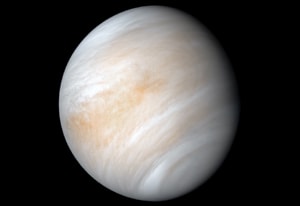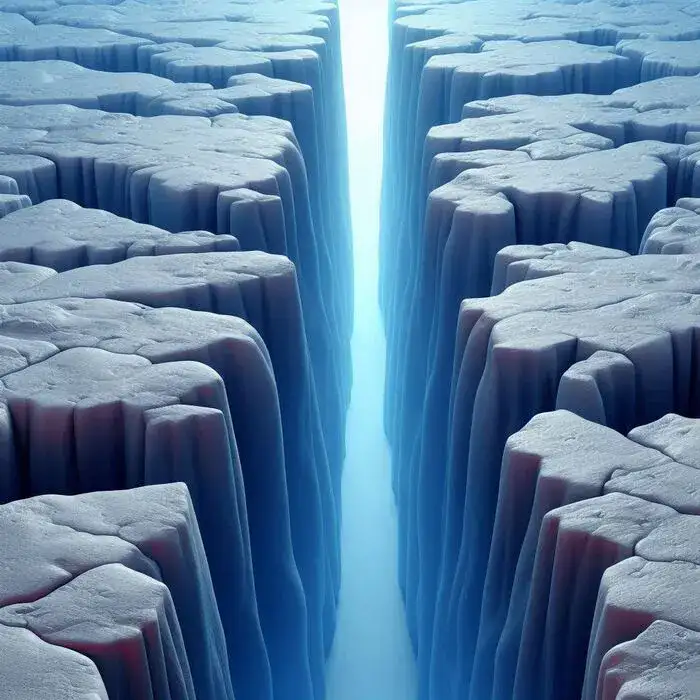Practice Reading & Listening on Venus Practice Reading & Listening on Venus for IELTS and TOEFL with illustrated flashcards, a podcast as a documentary from National Geographic YouTube Channel, text-to-speech functionality transcribed by Mahsa Mohammadi https://www.youtube.com/watch?v=BvXa1n9fjow&t=3s Named after the ancient Roman goddess of beauty, Venus is known for its exceptional brightness in the night sky. But behind this facade is a world of storms and infernos, unlike anywhere else in the solar system. Venus vs. Earth Venus, the second planet from the sun, is very similar to Earth from a distance; but up close, it’s a very different world. Venus ...
Home » English Documentaries with Transcript » Practice Reading & Listening on Venus for IELTS

Practice Reading & Listening on Venus for IELTS
Updated: by Mahsa Mohammadi
Time to Read: 4 minutes | 525 Views | 6 Comments on Practice Reading & Listening on Venus for IELTS



I don’t believe that this amazing planet was some how like earth. It’s really cool.
And I it is unbelievable that it haved became to something like hell.
Feedback
* somehow
* it has become
How furtunate we are that have not to live in such unforgiving conditions as present on the Venus. Venous is so beautiful in our eyes from such a far distance but understanding all these about its harsh conditions we know that not all beauty is safe.
Well-put, Dr. Hooshmand! Your comment reminded me of the famous proverb in English that reads, “all that glitters is not gold”.
Feedback
* venous vs. Venus (venous: related to veins or blood in veins)
Named after the ancient Roman goddess of beauty, Venus is known for its exceptional brightness in the night sky. But behind this facade is a world of storms and infernos, unlike anywhere else in the solar system.
Venus, the second planet from the sun, is very similar to Earth from a distance; but up close, it’s a very different world. Venus is about the same size as Earth, just slightly smaller. Its structure is also nearly identical; with an iron core, a hot mantle, and a rocky crust. The crust of Venus, however, is dotted with thousands of volcanos, including Maxwell Montes, a volcano almost as tall as Mount Everest.
Venus also has a thick, layered atmosphere. It’s full of clouds that rain sulfuric acid, and whip around the planet at speeds up to 224 miles per hour, faster than some category five hurricanes. The atmosphere is so thick that it creates a surface pressure similar to what it would be about half a mile deep in the Earth’s oceans. This pressure is heavy enough that a human standing on Venus’s surface would be crushed. The atmosphere is made of greenhouse gases, primarily carbon dioxide, which create an extreme case of global warming. They trap the sun’s heat, causing surface temperatures to rise over 880 degrees Fahrenheit, making Venus the hottest planet in the solar system.
Venus is so inhospitable neither humans nor spacecraft are able to survive the planet’s surface. But some scientists speculate that Venus wasn’t always so unwelcoming. From roughly 2.9 billion to 715 million years ago, global temperatures on Venus may have been just a few degrees cooler than Earth’s are, today; and scientists theorize that the surface may have contained shallow oceans that could have held enough water to support life.
Today, life may still exist in Venus’s atmosphere. About 30 miles up in Venus’s clouds, where the temperature and surface pressure are similar to those on the surface of Earth, scientists have observed strange dark streaks that appear to be absorbing ultraviolet radiation; a phenomenon that could be evidence of microbial life.
Life may struggle to survive in the atmosphere of Venus, but it is this unforgiving environment that’s made Venus an icon of beauty. It reflects 70% of all the sunlight that reaches the planet, which is why Venus shines more brightly than any other planet or star, in the night sky.
While more than 40 unmanned spacecraft have visited this infernal world, Venus, so illuminated in the darkness of space, still has much to reveal.
Almost perfect, thank you so much!
Just the plural form of volcano is “volcanoes”